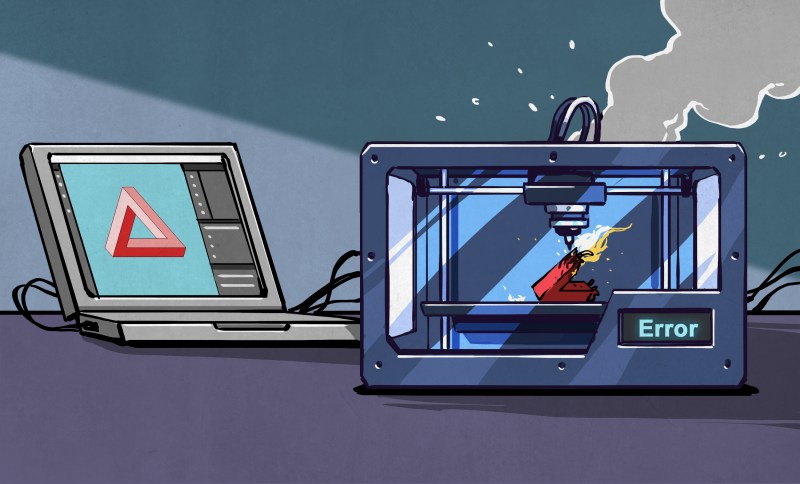One of the tropes of the space race back in the 1960s, which helped justify the spending for the part of the public who thought it wasn’t worth it, was that the technology developed for use in space would help us out here back on earth. The same goes for the astronomical expenses in Formula 1, or even on more pedestrian tech like racing bikes or cinematography cameras. The idea is that the boundaries pushed out in the most extreme situations could nonetheless teach us something applicable to everyday life.
This week, we saw another update from the Minuteman project, which is by itself entirely ridiculous – a 3D printer that aims to print a 3D Benchy in a minute or less. Of course, the Minuteman isn’t alone in this absurd goal: there’s an entire 3D printer enthusiast community that is pushing the speed boundaries of this particular benchmark print, and times below five minutes are competitive these days, although with admittedly varying quality. (For reference, on my printer, a decent-looking Benchy takes about half an hour, but I’m after high quality rather than high speed.)
One could totally be forgiven for scoffing at the Speed Benchy goal in general, the Minuteman, or even The 100, another machine that trades off print volume for extreme speed. But there is definitely trickle-down for the normal printers among us. After all, pressure advance used to be an exotic feature that only people who were using high-end homemade rigs used to care about, and now it’s gone mainstream. Who knows if the Minuteman’s variable temperature or rate smoothing, or the rigid and damped frames of The 100, or its successor The 250, will make normal printers better.
So here’s to the oddball machines, that push boundaries in possibly ridiculous directions, but then share their learnings with those of us who only need to print kinda-fast, but who like to print other things than little plastic boats that don’t even really float. At least in the open-source hardware community, trickle-down is very real.















Some high speed dot matrix printers would have more than one print head (the most I saw was 6) so the amount of movement to print a full row was minimised, I wonder if there’s scope for a multi head 3d printer
That is the great part, multi head already exists with Bambu Lab H2D (2 heads) and Snapmaker J1s (also 2 heads). both allowing parallel prints, think 2 small parts at the same time, or can be loaded with different colours to allow instant switching without needing to waste plastic via purging and time!
there’s already multi-head printers with IDEX and a H2D recently came out with dual printhead/extruder setups. There are also various tool changer machines from prusa and an indx tool changer system on the horizon that will swap out toolheads too. imho, at least a dual toolhead + maybe filament changer system might be the way forwards but filament changers are wasteful.
I’ve got a janky Flashforge Dreamer that’s about a decade old now, and it has twin nozzle print support.
Modern fast inkjets have way more then 6. But, ink is very different from plastic. It’s much easier to control the flow of ink compared to the flow of plastic, which you cannot just start/stop on a whim. There is also a hard limit to how fast you can heat up plastic and how fast you can change pressure.
Same as getting heat in, there is a limit in getting heat out after putting it down.
With all these limits in place, you’ll just see that they’ll sacrifice quality for speed. Impressive, but not as ground breaking as you would hope.
the polyjet machines are like this, resin not FDM printing, why I like to call them the inkjet of resin printing.
I have access to one at work and it’s great for speedy high accuracy, but the material is crazy expensive.
I hope to see this in a home printer some time but I somehow feel it won’t be for a long time.
With an head for large quantities and another one for fine detail?
The heatpipes used in every laptop and desktop heatsink? Apollo program.
oh, and the first digital fly-by-wire system? it was the moon lander. The first one to fly in terrestrial air? it was literally using an apollo AGC that had been packed with a chiller into a cube and stowed in the hold of a plane. the DSKY wasn’t available to the pilot, but it was there quietly glowing in the belly of the airplane.
see https://www.youtube.com/watch?v=k2Ji-55FOGQ
Los Alamos National Laboratory, actually. NASA copied the concept and slapped their branding on it, as they did with most things attributed as “technology that only exist because of the space program”.
The idea itself had existed in steam engines. The main innovation was adding a wick so it could work upside down.